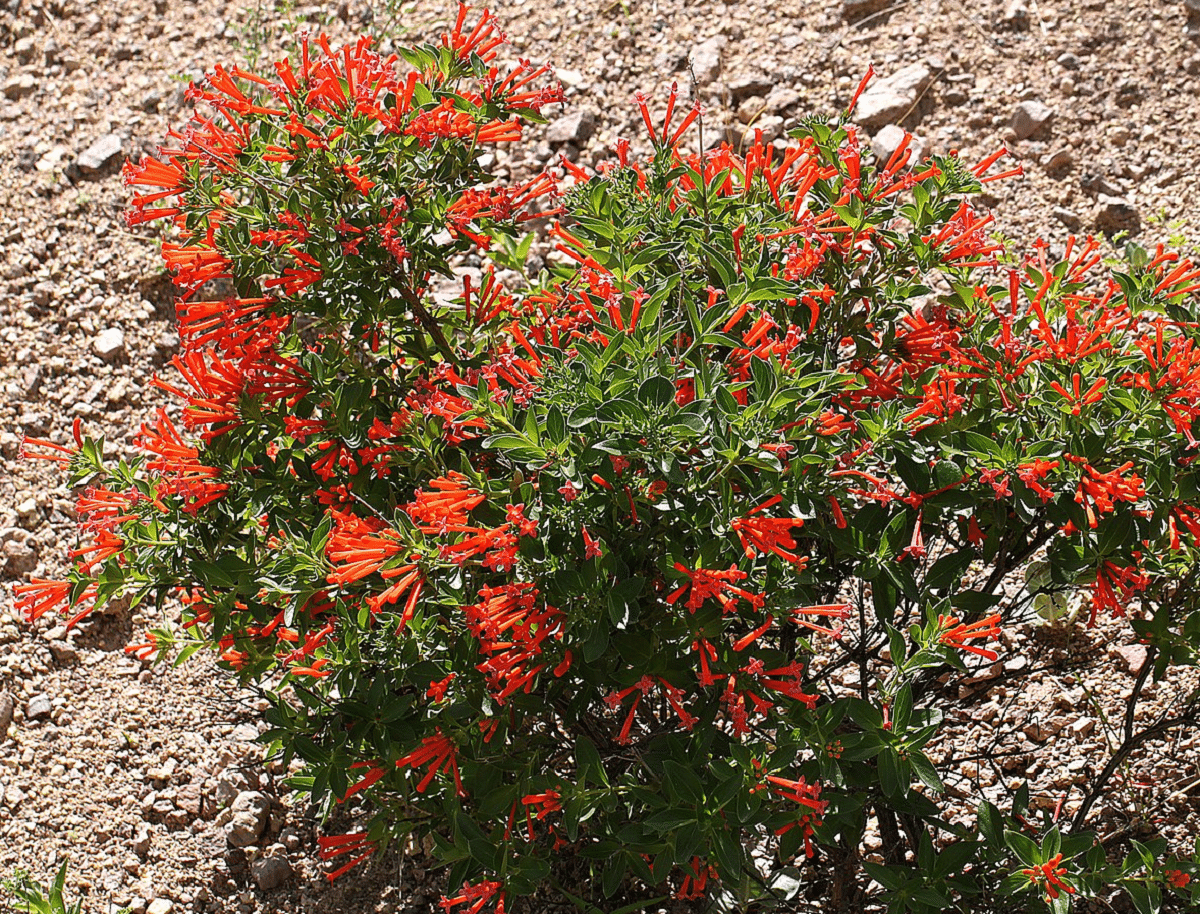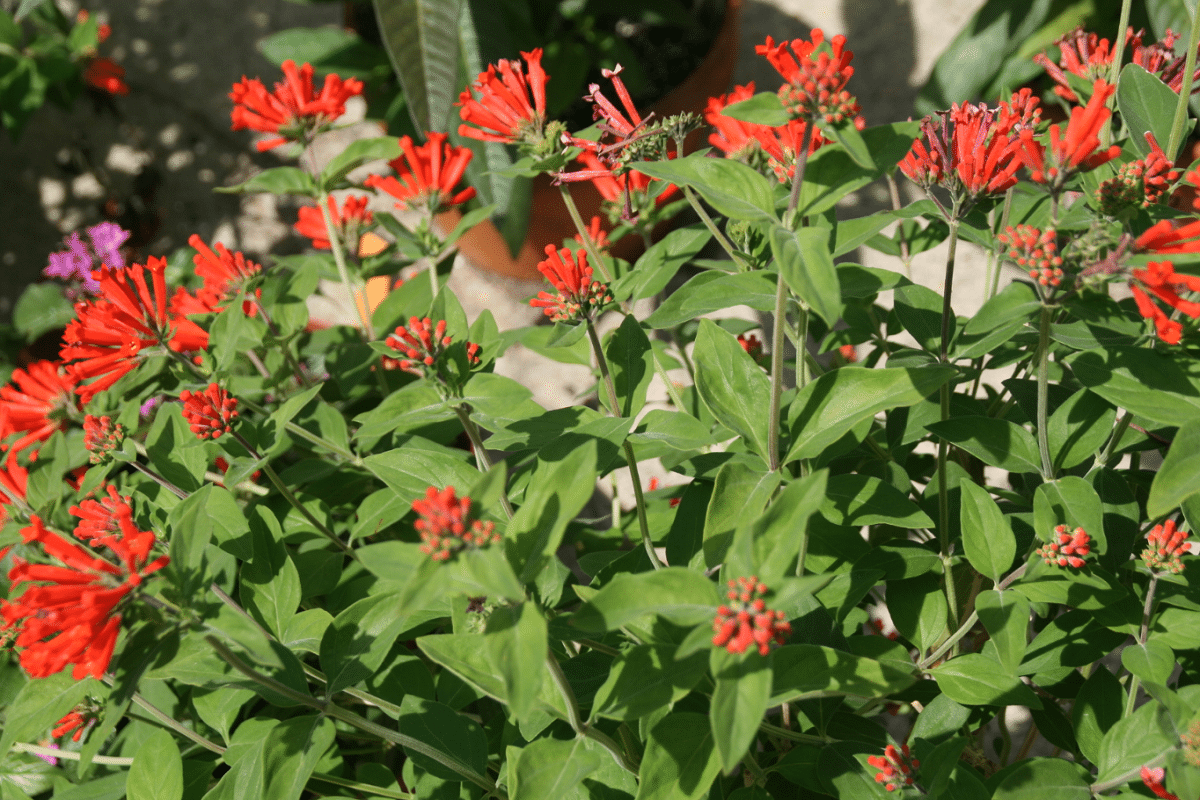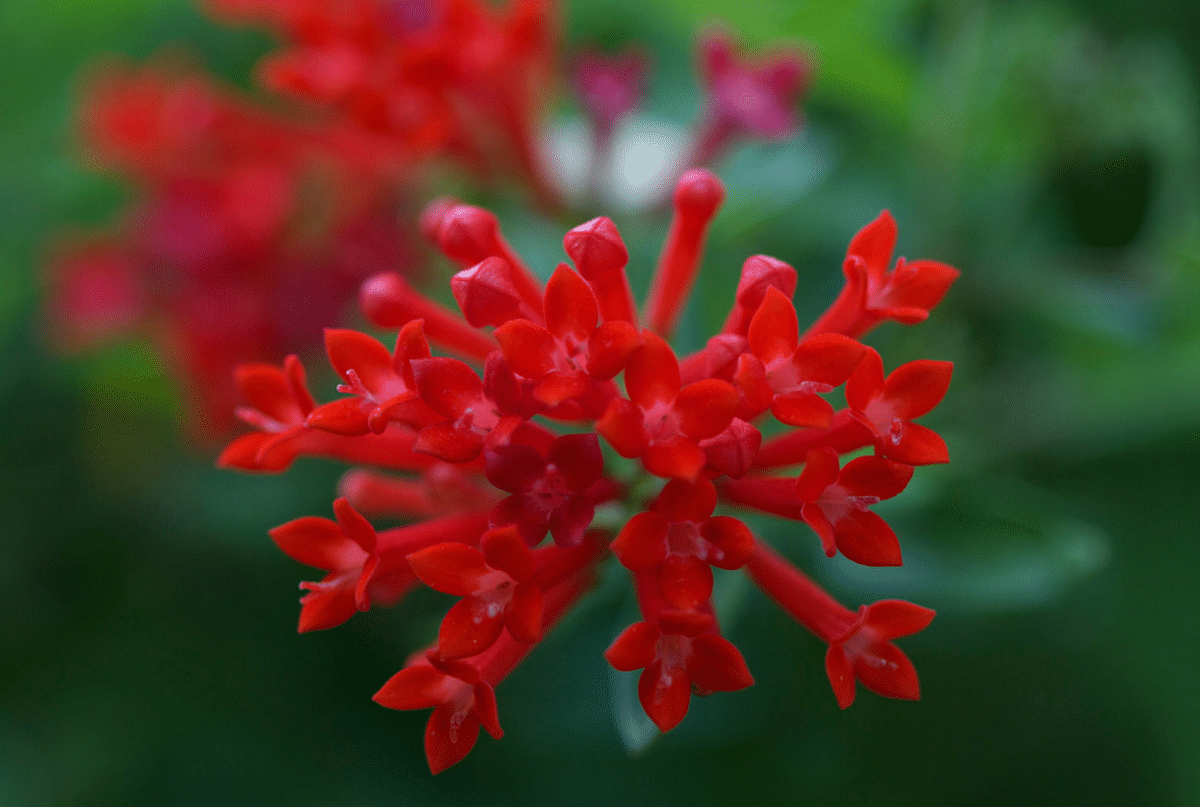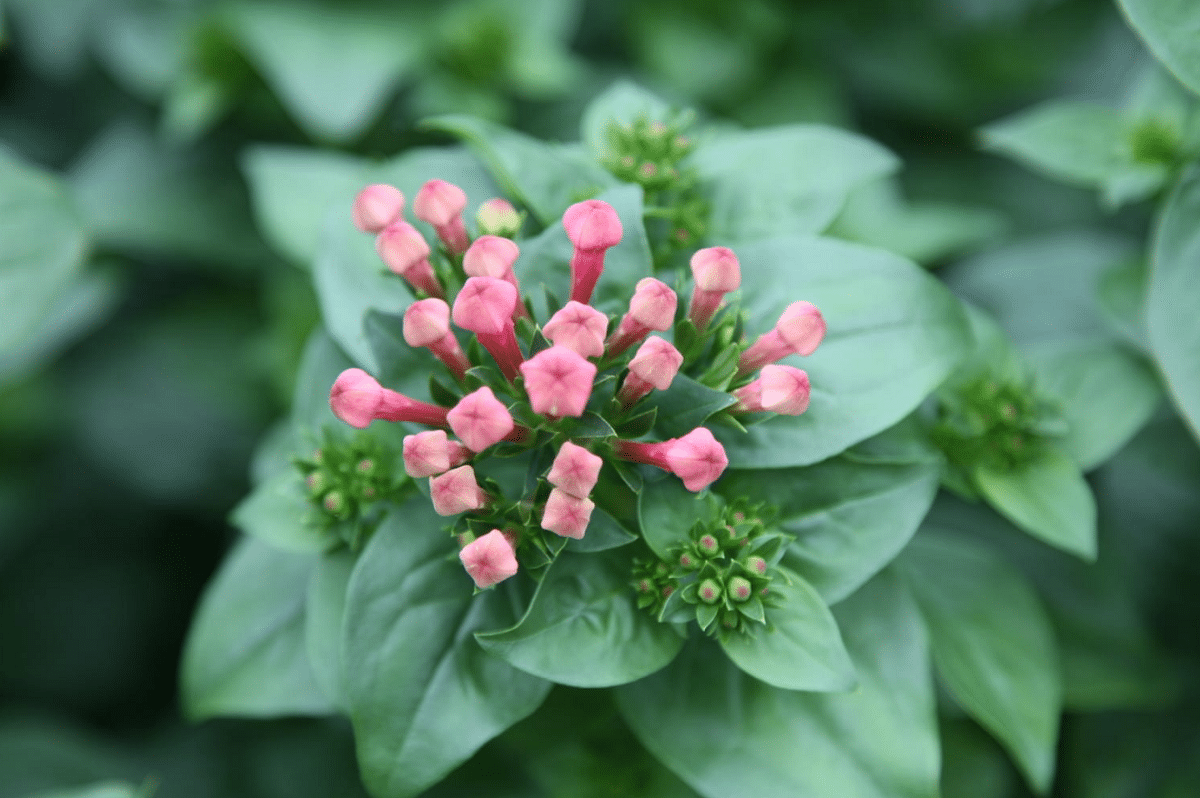
Bouvardias are plants that have a wide variety of types to choose from. Today about 50 different variations are known that you can perfectly have in your garden or interior of your home. The truth is that it is somewhat complicated to talk about each of the bouvardias, so today's article will include most of these species and variations that ultimately share similar characteristics.
These plants They are native to Mexico and much of tropical America, so you can easily find this species naturally in Arizona, New Mexico and even in Texas. Although of course, like other ornamental plants, it has been exported to other countries and continents. So you don't have to worry if you are in Canada or Europe, there will be species of bouvardia to choose from without any problem.
General data of the bouvardias

On the other hand, the main reason why this plant tends to be so popular is thanks to the clusters with flowers that manages to form. The good news is that the species itself gives people the opportunity to have a flowering plant with or without aroma.
This may not be a big deal or it may not matter much, but it comes in handy for those with pollen allergies, but in the same way they want to have an ornamental plant that has showy flowers.
As a curious fact about bouvardia flowers, it is that those variations that have fragrance-free flowers tend to be more resistant to environmental conditions and their cultivation process is much easier.
In the same sense, you have to know that bouvardias they have flowers of different colors and with soft aromas but different from each other. Now, to go into more detail, below we will mention some of its characteristics.
Features
Physical appearance
It is a plant with shrub characteristics, whose natural growth can reach one and a half meters high. Of course, this will depend on the size you want your Bouvardia since you can control its height through pruning, the normal thing is that once they reach their maximum growth point, it begins to develop clusters where its flowers will grow.
Flowers
The flowers are the main attraction of this plant, since according to the variation you have of the species, their color will vary. Namely, you may well have one with red or pink flowers or have another white or yellow tubular shape.
It is worth mentioning that flowering occurs during the summer and it stays that way until winter begins. Those that are original, so to speak, tend to be much more fragrant than those that are hybrids.
Similarly, you should know that the flowers are mostly tubular in shape and they can measure up to 5 cm. At the end of each flower you will find a shape or design similar to that of a star.
An important and useful data for those who have time to offer the necessary maintenance to their plants, is to extend the life of the flowers by simply removing excess foliage around the flowers, as well as removing the upper buds.
Soil and cultivation
This is a species that you can perfectly have it planted directly in the patio or garden of your house or have it in a pot indoors. But like other plants, its flowering will not be the same in a pot being indoors than being exposed to natural light.
Those that are native and without hybrid characteristics, they will better adapt to hot and humid climates, that is, environments with tropical conditions. Similarly, it should be mentioned that its growth occurs best in sandy or clay soils that are well drained.
Keep in mind that you can grow them by putting them under direct sun or have them in semi-shade or shade, where the natural glare of the sun hits you. Also, watering should be done every day during the summer while in winter you should minimize watering.
Care

As we mentioned in the previous paragraph, irrigation has to be constant in summeras the substrate tends to dry out very quickly. However, you should not do the irrigation only using water.
For example, every two weeks water it plus a little liquid fertilizer. This should be done in the spring period until fall arrives. Keep in mind that you will only apply the fertilizer twice a month, while irrigation with water will be more times.
Regarding the layout of the plant, let's imagine for a moment that you want to plant it in your garden. You can do this as long as the sun's rays do not hit the plant directly.
The best thing is that the colors in a shady place or that at least the very early solo gives it for about 20 to 40 minutes and the rest of the day is light and shade. However, it is a bit different if you have it in a pot, since you can easily place it in a place away from direct sun.
But keep in mind that by having it in a pot, you should be aware of the growth of its roots. It happens many times that the plant does not develop well and dies because it does not have space for its roots.
The advantage you have of this is that the transfer or transplant of the plant to another pot should be done every two or three years. So it's not something to worry about right now. In relation to the ambient temperature, you should have it in a place where the temperature is between 15 and 24 ° C. Always remembering the irrigation and regular fertilizer. One fact that you should not overlook is ventilation, too much of this will be harmful as well as not providing ventilation, so it is recommended that it be abundant but not excessive.
Returning to the subject of light, in summer there will be no problem with it always being in the shade or that it is in a place where the glare is constant. However, during the winter, the plant requires a good amount of sunlight.
Farming
Much of the bouvardias they are usually grown as ornamental plants. And since they are species that can be both indoors and outdoors, their way of growing varies a bit. Let's see how.
Growing in pots
At this point the truth is quite simple, you just have to:
- Having an soil or light substrate with the ability to drain water well.
- Have a 15-inch pot if your species is just growing.
- The pot change should be done once a year, until the plant reaches the desired size.
- The size of the plant you will give it according to the pot where you have it and pruning it in summer or spring, never in fall.
Growing in a garden

- You need find a place where the sun shines on it partially, taking into account the type of bouvardia, for example the Bouvardia ternifolia. This is primarily taken into account for the purpose of attract hummingbirds and butterflies to the garden. Be a little cautious about where you will plant it, as it can be an invasive plant and affect foundations and tiles very easily.
- Provide a vertical structure so that it can grow and you can more easily control its growth and shape. You can give it an artificial or natural trellis, but always trying to keep them away from other trees since over time, the Bouvardia will tend to kill the plant or tree.
Another important point regarding garden cultivation is that you must have a hole large enough to so that the roots can grow without affecting other plants. Once you place your species in the hole, go back filling it with soil without compacting too much.